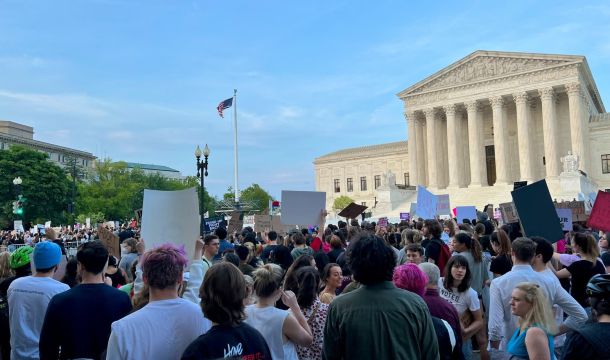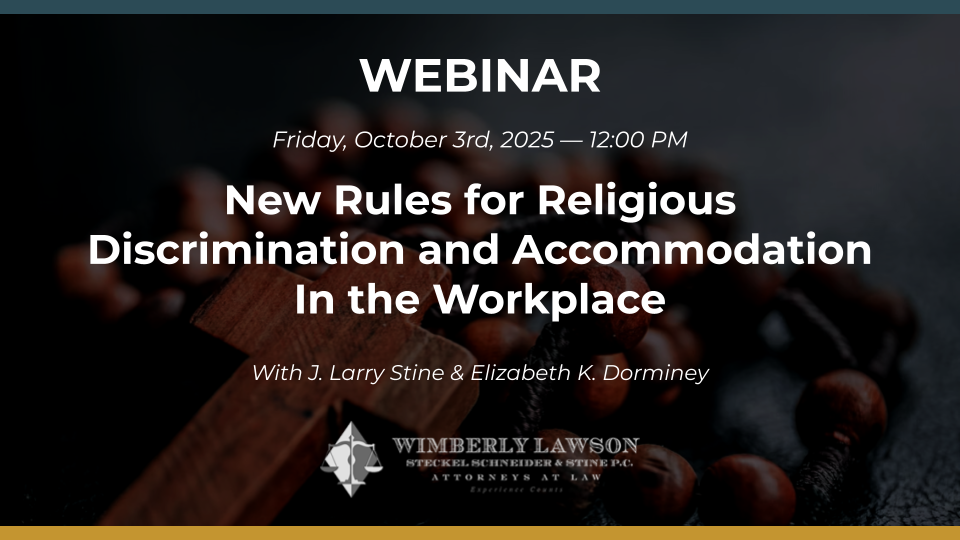The Occupational Safety and Health Administration (OSHA) has issued an Instruction effective April 8, 2022, establishing a National Emphasis Program (NEP) for Outdoor and Indoor Heat-Related Hazards. This program has been implemented pending OSHA's pursuit of a health rule governing indoor and outdoor work which it announced about eight months ago, taking comments through January 26, 2022. Both the Obama and Trump Administrations had rejected a heat rule, but it is being pursued during this Administration. Without a specific heat standard, OSHA applies its general duty clause to cite employers for failing to protect their workers. However, judges have vacated citations in many of those cases because OSHA has not been able to prove the heat threat.
OSHA Assistant Secretary Doug Parker who oversees OSHA suggested that OSHA wants to implement an indoor standard as well as one for outdoor work. Employer representatives have expressed concern that any proposed standard should not require all industries and all locations to abide by the same requirements, and instead argued for an industry-specific standard.
The NEP prioritizes on-site (in-person) response by OSHA to complaints and for all employer-reported hospitalizations related to heat hazards. It cites the National Weather Service (NWS) approach to the heat index as creating a greater concern when it is 80°F or higher, and this index is sometimes referred to the apparent temperature, and measures how hot it really feels when relative humidity is factored in with the actual air temperature.
An on-site inspection will be investigated where an employee brings a heat-related hazard to the attention of OSHA such as being exposed to high temperature conditions without adequate training, acclimatization or access to water, rest and shade. OSHA will also inquire during inspections regarding the existence of any heat-related hazard prevention programs on heat priority days, when the heat index for the day is expected to be 80°F or more.
The NEP lists both indoor and outdoor industries known to have heat-related hazard incidents to be considered targeted industries in terms of unprogrammed inspections. The list includes, among many others, sawmills, furniture manufacturing, various transportation industries including local delivery, warehousing, construction, and agriculture.
During heat-related inspections, OSHA shall:
(a) Review OSHA 300 Logs and 301 Incident Reports for any entries indicating heat-related illness(es);
(b) Interview workers for symptoms of headache, dizziness, fainting, dehydration, or other conditions that may indicate heat-related illnesses, including both new employees and any employees who have recently returned to work;
(c) Determine if the employer has a heat illness and injury program addressing heat exposure, and consider the following:
Is there a written program:
- How did the employer monitor ambient temperature(s) and levels of work exertion at the worksite?
- Was there unlimited cool water that was easily accessible to the employees?
- Did the employer require additional breaks for hydration?
- Were there scheduled rest breaks?
- Was there access to a shaded area?
- Did the employer provide time for acclimatization of new and returning workers?
- Was "buddy" system in place on hot days?
- Were administrative controls used (earlier start times, and employee/job rotation) to limit heat exposures?
- Did the employer provide training on heat illness signs, how to report signs and symptoms, first aid, how to contact emergency personnel, prevention, and the importance of hydration.
OSHA states it will always verify an employer's assertion regarding workplace conditions or worker exposures to heat by interviewing employee(s) at the site.
This is part of our June 2022 Newsletter.
View newsletter online
Download the newsletter as a PDF
Related Content
Get Email Updates

Trump Nominates Appointments to NLRB and EEOC but Policy Changes Likely to Be Delayed

DOL Launches Self-Audit Programs Designed to Help Employers Improve Compliance

DOL Must Release EEO-1 Reports to the Public under Open Records Laws

Current Advice on Active-Shooter Situations

New Policy for Federal Workers and Religious Expressions




